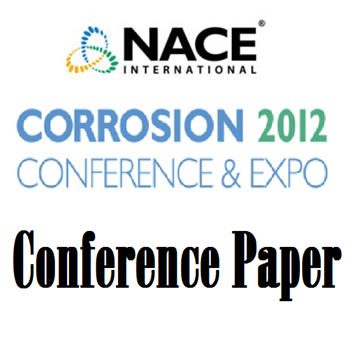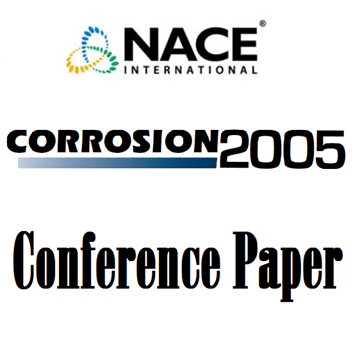Search
10008 High Temperature Cathodic Disbondment Tests
Also Purchased
51312-01285-Cathodic disbondment test: What are we testing?
Product Number:
51312-01285-SG
ISBN:
01285 2012 CP
Publication Date:
2012
$20.00
51314-3860-High Temperature Cathodic Disbondment Testing for Pipeline Coatings
Product Number:
51314-3860-SG
ISBN:
3860 2014 CP
Publication Date:
2014
$0.00
05029 Practical Analysis of Cathodic Disbondment Test Methods
Product Number:
51300-05029-SG
ISBN:
05029 2005 CP
Publication Date:
2005
$20.00
Recently viewed




